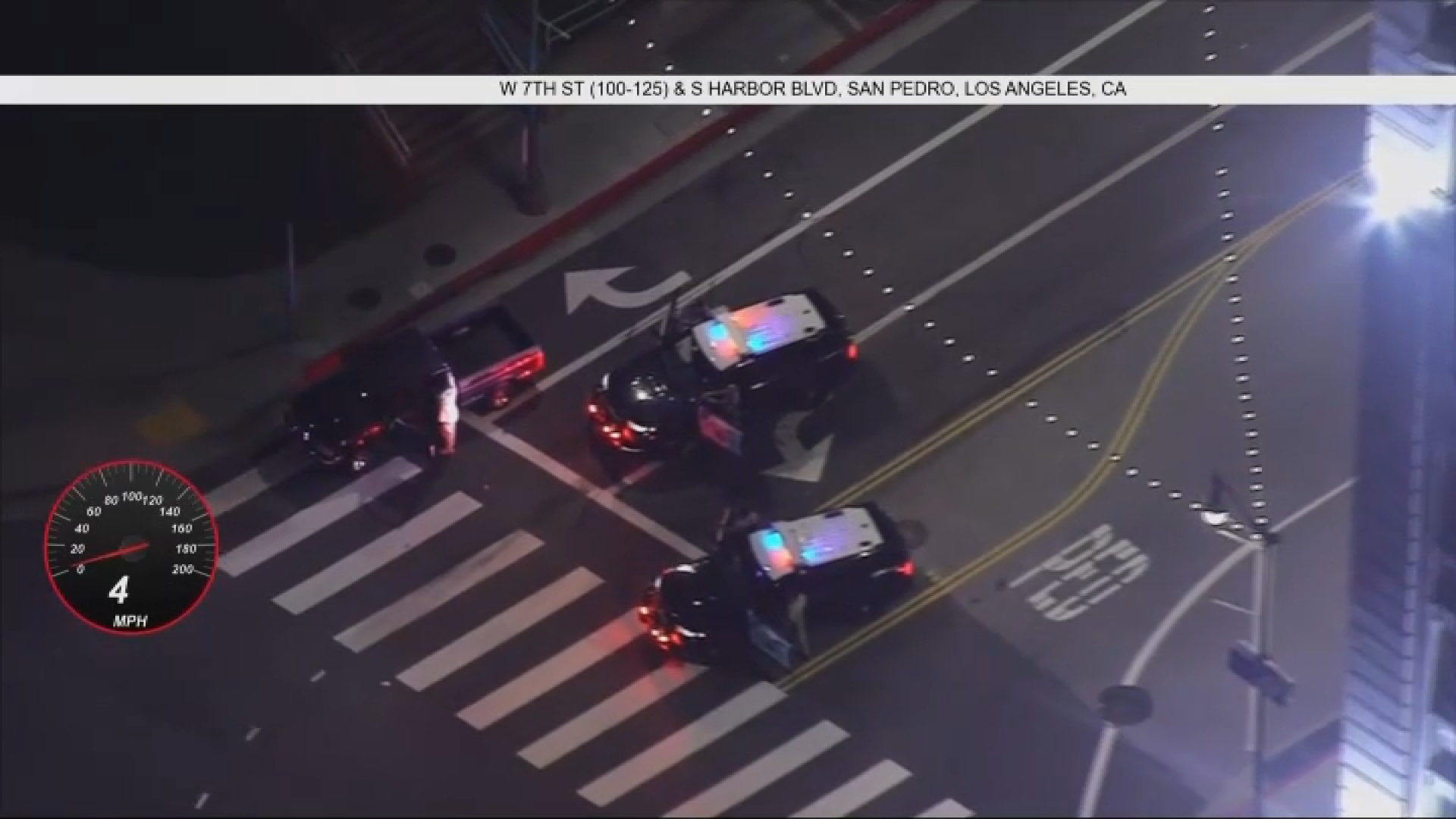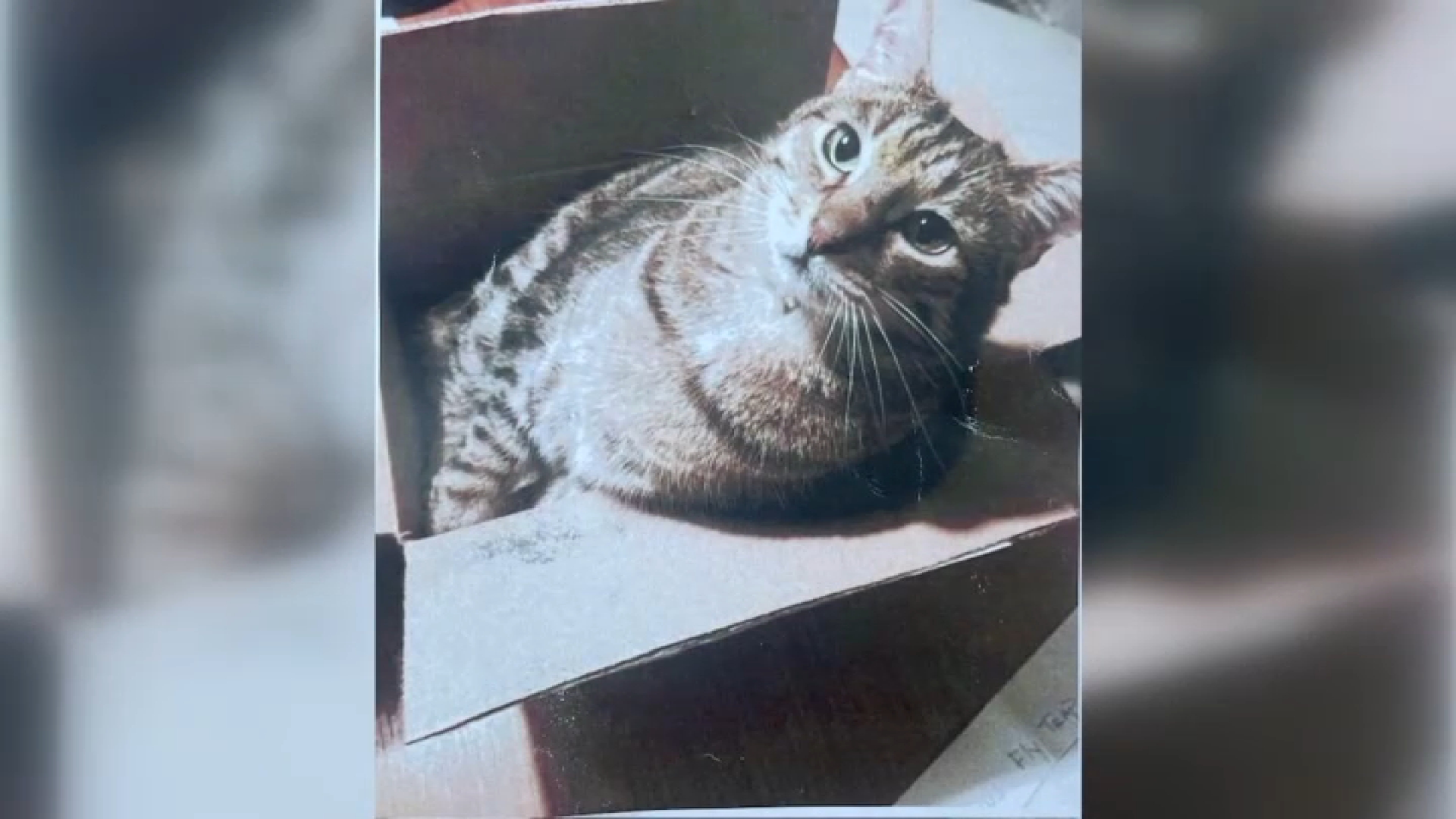The tires on a tour bus that crashed during a casino trip in the Southern California desert, killing 13 people, had tires that were overly worn and out of compliance with regulations, investigators said Tuesday.
Tread was below minimum depth on the two front tires and two of the four tires on the drive axle, while the two tires on the rear-most axle were above minimum, NTSB's Earl Weener said at a Tuesday news conference. That means the bus was out of compliance with Commercial Vehicle Safety Alliance inspection criteria and could have been taken out of service under rules for commercial vehicles.
Despite the revelation about the tires, no conclusions have yet been reached about the cause of the crash. Weener did not say whether the tread issue was a factor in the crash, but added that the bus
The details were the first released regarding the investigation by federal authorities since officials began their probe into the deadly crash. NTSB investigators are expected to be in the area for about a week before returning to Washington, D.C., for a thorough investigation that could take up to a year to complete.
The collision, one of the deadliest wrecks in California history, happened Sunday on the 10 Freeway in Riverside County. A big rig in front of the bus, returning to Los Angeles from a desert casino trip, was creeping along at 5 mph because of utility work that had gone on throughout the night along the freeway.
On Monday, investigators said there are no signs that a tour bus driver braked before the bus slammed into the back of the big rig. The bus was traveling at a speed of up to 65 mph, according to authorities.
"There's no indication whatsoever that the driver applied the brakes," said California Highway Patrol Border Division Chief Jim Abele, citing the power of the impact and the fact that no skid marks were found.
An inspection of the bus interior will be the next step of the investigation, according to NTSB.
The NTSB also planned to look into the history of the bus, its owner-driver, and other circumstances, such as what the driver was doing during the four to five hours the bus was at the Red Earth Casino in the desert town of Thermal before making the 135-mile trip back to LA.
Teodulo Elias Vides, 59, owned USA Holiday and was listed as the only driver, according to federal and state records. He had a valid commercial license and a clean record in recent years. The bus had passed annual inspections.
USA Holiday was licensed to travel between states, which subjected the company to federal limits on driver work hours. Under the scenario officials described -- leaving Los Angeles at 8 p.m. and returning less than 12 hours later -- Vides would have been within those limits, which cap driving time to 10 hours within a 15-hour span and do not prescribe specific rest requirements.
A call to the company was not returned.
Vides was named in lawsuits stemming from three freeway collisions, though he was not the driver in any of the cases, according to court records.
News
Top news of the day
In 2007, a USA Holiday bus collided with a Honda Civic in Riverside, killing the car's driver and two passengers. Family members filed a personal injury and negligence lawsuit against the driver of the bus and Vides, whose attorneys argued that the Honda driver lost control.
That case was dismissed.
The 1996 bus did not have seat belts and was old enough that it probably did not have a data recorder that would reveal how fast it was traveling and whether the driver braked before impact.
The Riverside County sheriff-coroner's office has identified 12 of the 13 people killed. The dead included 10 women between 52 and 72, plus the driver and a 62-year-old man. One man remained unidentified. Most were from Los Angeles.
Four passengers remained hospitalized in critical condition, officials said.
The crash comes two years after a FedEx truck veered across an interstate median north of Sacramento and slammed into a bus full of high school students, killing 10 people.
In 1963, 32 Mexican farm workers who were in the Central Valley as part of a work visa program were killed when a freight train struck the flatbed truck they were riding on. In 1976, a bus carrying the Yuba City high school choir plunged off a freeway ramp in Martinez, killing 28 students and one teacher.



